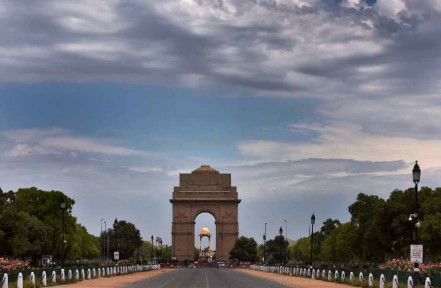Delhi witnessed its cleanest air quality in six years, with an Air Quality Index-AQI of 53, marking a significant improvement in the city’s air standards. This was the best AQI recorded for any day between January 1 and August 8 during the period from 2018 to 2024, as reported by the Centre’s air quality panel, the Commission for Air Quality Management or CAQM.
The AQI, recorded at 4 pm by the Central Pollution Control Board, placed Delhi’s air in the ‘satisfactory’ category. An AQI between 51 and 100 falls under this category. It indicated while air quality is acceptable, it may still pose a moderate health concern for a very small number of people, who are unusually sensitive to air pollution.
In a post on X, the Commission for Air Quality Management confirmed this achievement, noting that Delhi’s AQI reading of 53 was the best it had seen within the given timeframe. For context, AQI levels are classified as good (0-50), satisfactory (51-100), moderate (101-200), poor (201-300), very poor (301-400), and severe (401-500).
The improvement in air quality coincided with light rainfall in parts of the national capital, which also influenced the temperature, keeping it relatively mild. According to the India Meteorological Department (IMD), the maximum temperature was 34.1 degrees Celsius, on Thursday. It is typical for the season.
However, the rain led to some disruptions, including traffic snarls in various areas due to waterlogging and the uprooting of trees. The IMD reported that the minimum temperature settled at 25.4 degrees Celsius, which was 1.5 degrees below the seasonal average.
Looking ahead, the IMD has forecasted generally cloudy skies with light rain on Friday. The maximum and minimum temperatures are expected to hover around 34 and 26 degrees Celsius, respectively.
The Municipal Corporation of Delhi has responded to 18 complaints of waterlogging and 16 related to uprooted trees, highlighting the challenges brought on by the rains despite the improved air quality.

















